Hairstyles That Minimize the Appearance of Split Ends | A Stylist's Guide to Flawless-Looking Hair
The Frustration of Frayed Ends: An Introduction to Camouflaging Split Ends
Split ends are a universal hair concern, a frustrating sign that our hair has reached its breaking point—literally. They can make healthy, vibrant hair appear dull, frizzy, and unkempt, undoing all the hard work you put into your hair care routine. While the only true cure for split ends is a professional trim, life doesn't always allow for an immediate salon visit. That's where strategic styling comes in. The right hairstyles that minimize the appearance of split ends can be a game-changer, allowing you to confidently go about your day while protecting your hair from further damage until your next appointment.
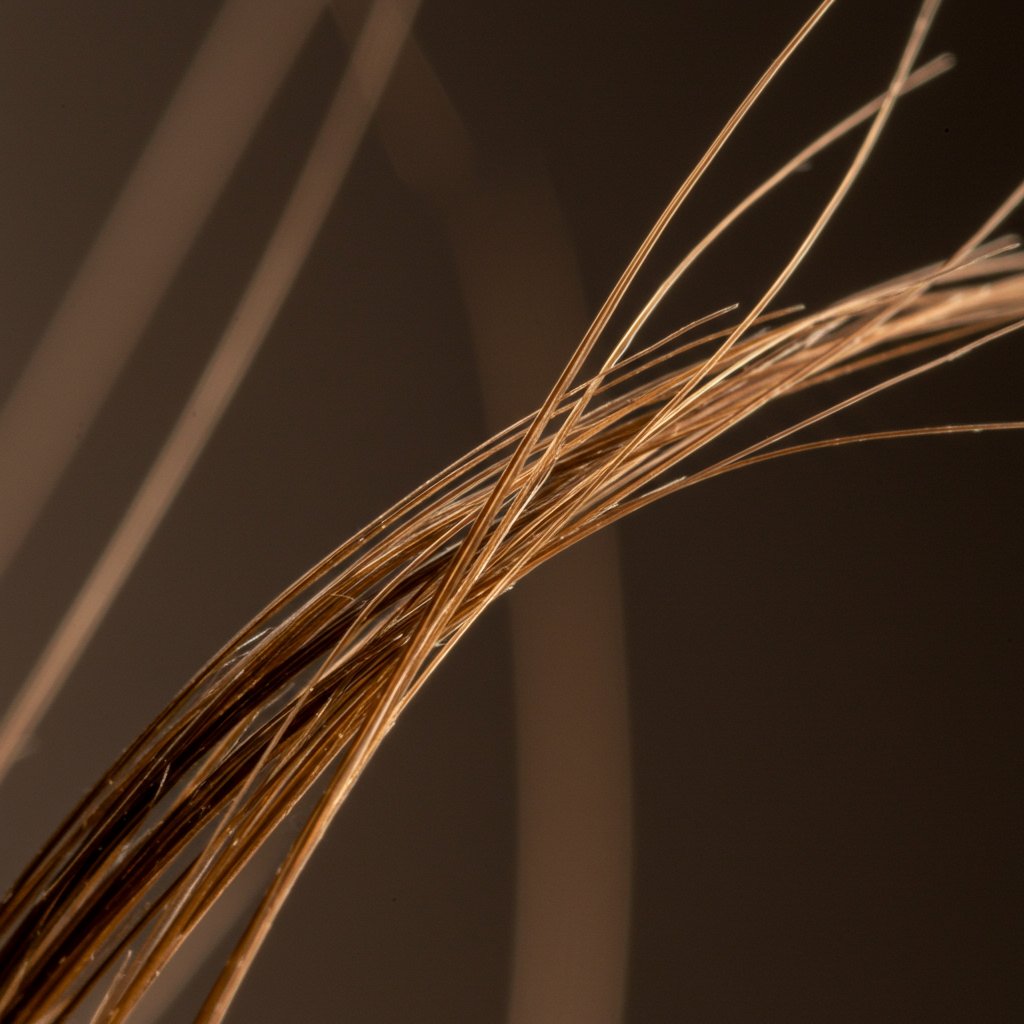
This comprehensive guide is designed to be your ultimate resource for concealing frayed ends. We will explore a variety of beautiful and practical hairstyles, from elegant updos to chic, textured looks, that cleverly tuck away or disguise damage. It's important to remember that these styles are cosmetic solutions, not permanent fixes. Think of them as a sophisticated way to manage your hair's health aesthetically. By combining these styling techniques with a consistent hair care regimen and regular trims, you can maintain the beautiful, healthy-looking hair you deserve.
We'll delve into the science behind split ends, the mechanics of why certain styles work better than others, and provide step-by-step inspiration for you to try. Whether you have a special event or simply want your hair to look its best day-to-day, these styles will become an invaluable part of your hair care arsenal. Let's transform the way you handle split ends from a source of stress into an opportunity for creative expression.
First, Understand the Enemy: What Are Split Ends and Why Do They Happen?
Before we dive into the hairstyles, it’s crucial to understand what you’re up against. A split end, known scientifically as trichoptilosis, is the fraying or splitting of the hair shaft due to damage. The hair's protective outer layer, the cuticle, wears away, exposing the inner cortex. Without this protective barrier, the fibers of the cortex unravel, resulting in the dreaded split. This can manifest in various ways, from a simple Y-shape split to more complex, tree-like branching.
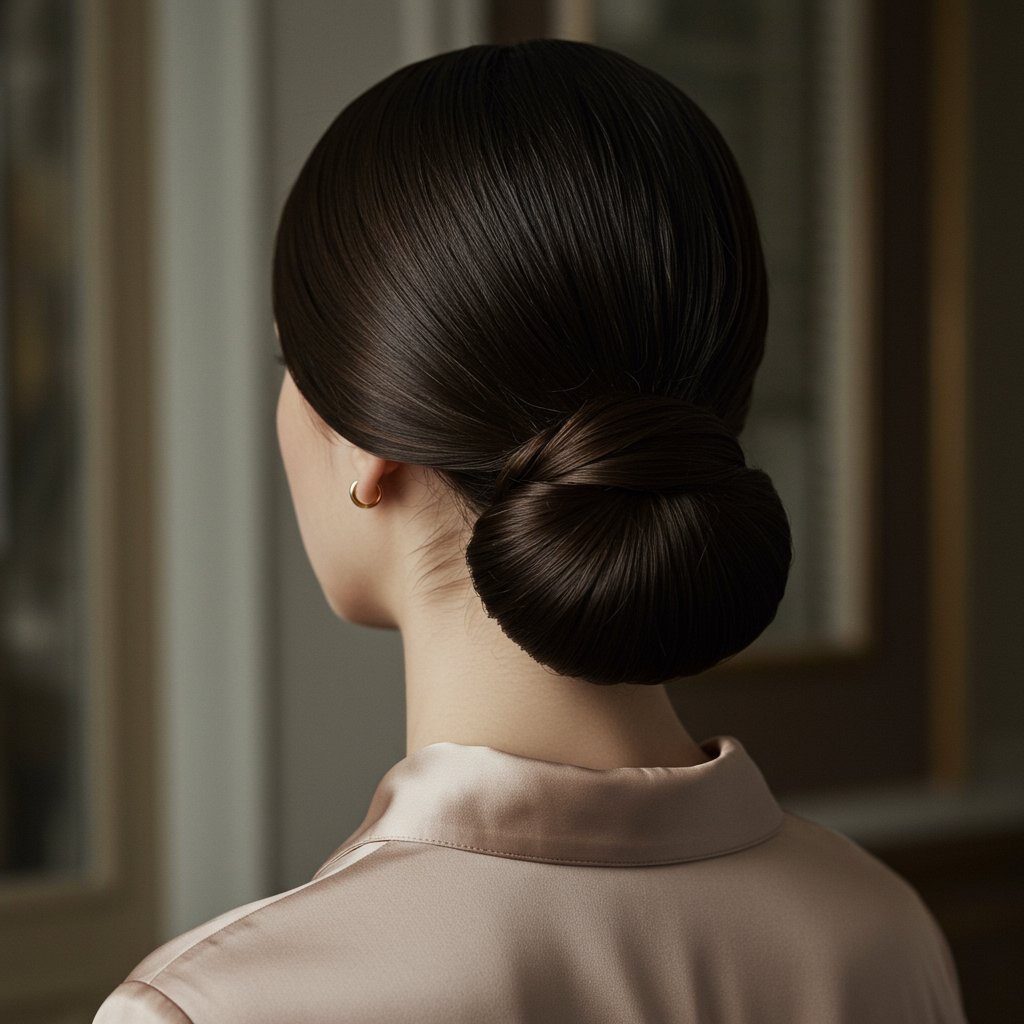
Several factors contribute to this damage. Heat styling is a primary culprit; flat irons, curling wands, and even blow dryers on high heat can strip moisture and break down the hair's protein structure. Chemical treatments like coloring, bleaching, and perms alter the hair's composition, leaving it more vulnerable. Even mechanical stress plays a significant role. Aggressive brushing, using tight elastic bands that snag, and friction from clothing or pillowcases can gradually wear down the hair cuticle over time. Environmental factors like sun exposure, wind, and dry climates also contribute to hair fragility.
Understanding these causes is the first step toward prevention. While the hairstyles in this guide offer an excellent way to manage the appearance of existing damage, the long-term goal should always be to prevent new split ends from forming. This involves a holistic approach: reducing heat, using protective products, handling your hair gently, and, most importantly, scheduling regular trims with a professional stylist every 6-8 weeks to snip off damage before it can travel further up the hair shaft.
The Art of Concealment: Buns, Knots, and Chignons
When it comes to hiding split ends, the most effective strategy is to tuck them away completely. Buns, knots, and chignons are masters of this technique. By gathering your hair and securing the ends within the style, you create a polished look where no frayed tips are visible. These styles are not only practical but also incredibly versatile, ranging from casual and chic to sophisticated and formal.

The Sleek Low Bun
A sleek low bun, positioned at the nape of the neck, is the epitome of effortless elegance. This style works by smoothing all the hair back and tightly coiling the ends, leaving a flawless, uniform surface. To achieve this look, start by applying a smoothing cream or a light-hold gel to damp or dry hair to tame flyaways. Brush your hair into a low ponytail, ensuring the surface is perfectly smooth. Twist the ponytail tightly, wrap it around its base to form a bun, and secure it with hairpins that match your hair color. A light mist of a high-shine hairspray will provide a glossy finish and extra hold.The Messy Top Knot
For a more relaxed, contemporary vibe, the messy top knot is a perfect choice. The beauty of this style is in its imperfection. The texture and volume inherent in a messy bun are brilliant at distracting the eye from any underlying damage. The key is to create a look that is intentionally disheveled, not sloppy. Gather your hair into a high ponytail, but don't pull it too tight. Twist the hair and wrap it into a loose bun, securing with an elastic or pins. Gently pull out a few face-framing pieces and slightly tug on the bun itself to create more volume and texture. The hidden ends and textured surface work together to completely camouflage split ends.The Elegant Chignon
The chignon is a classic, timeless updo that is perfect for more formal occasions. It’s a sophisticated knot or roll of hair arranged at the nape of the neck or the back of the head. Similar to the sleek bun, its primary function in hiding split ends is tucking the ends securely within the twist or roll. There are many variations, from a simple twisted chignon to a more intricate braided one. For a classic look, create a low ponytail, fold it under, and pin it securely, ensuring all the ends are tucked inside the roll. This style not only hides split ends but also protects your hair from friction and environmental stressors.Intricate Braids: Your Best Defense Against Friction and Fraying
Braids are arguably one of the best protective hairstyles that minimize the appearance of split ends. By weaving strands of hair together, a braid encases the hair shaft, drastically reducing friction from clothing, wind, and movement. This not only hides existing split ends within the intricate pattern but also helps prevent new ones from forming. The texture and pattern of a braid create a visual effect that makes it nearly impossible to spot individual frayed ends.

The Classic French or Dutch Braid
Both French and Dutch braids are fantastic options as they start high on the head and incorporate all the hair, securing it from root to tip. A French braid involves crossing strands over the middle piece, creating a smooth, flat appearance. A Dutch braid, or 'inside-out' braid, involves crossing strands under the middle, which makes the braid pop out for a more three-dimensional look. For either style, ensure you braid all the way to the very ends and secure with a gentle hair tie. This contains every last bit of damaged hair within the structure of the braid.The Fishtail Braid
The fishtail braid offers a unique, intricate pattern that is exceptionally good at camouflaging damage. Its tight, chevron-like weave merges the hair strands together seamlessly, making split ends virtually invisible. While it may look complex, it’s created by simply taking small sections from the outside of two main strands and crossing them over to the opposite side. For maximum concealment, try to keep the sections small and the braid tight. A side-swept fishtail braid is a particularly stylish and effective option.Curls and Waves: Creating Optical Illusions with Texture
Straight, sleek hair can act like a spotlight for split ends. The uniform, straight lines make every frayed tip and point of damage stand out. The solution? Introduce texture. Curls and waves create movement, volume, and an uneven surface that brilliantly camouflages imperfections. The light hits curled hair differently, and the twists and turns of each strand mean that the ends are not sitting uniformly, making it much harder for the eye to detect split ends.
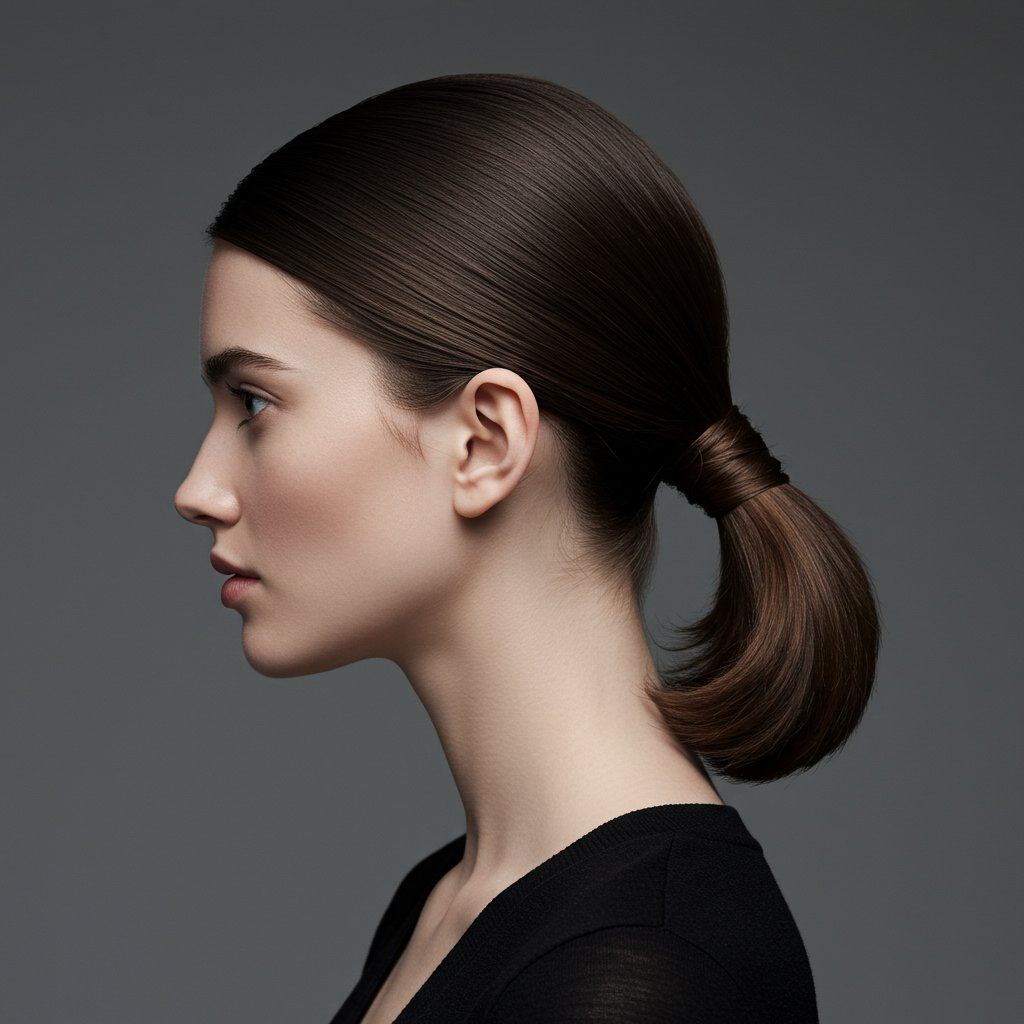
Heatless Waves for Damage-Free Texture
Since heat is a major cause of split ends, creating texture without it is the ideal approach. You can achieve beautiful, soft waves overnight with minimal effort. One of the easiest methods is to braid your hair when it's about 80% dry. A single loose braid will give you gentle, beachy waves, while multiple smaller braids will create a tighter, more defined pattern. Another popular method is using a silk or satin robe tie or headband. Simply wrap sections of damp hair around the band, secure the ends, and leave it overnight. In the morning, you'll have voluminous, damage-free waves that expertly hide any frayed ends.Bouncy Curls to Disguise and Distract
The volume and structure of curls are a split end's worst enemy. Each curl has its own shape and bounce, and the ends of the hair curl inward or outward, blending seamlessly into the overall style. If you have naturally curly hair, embracing your natural texture is one of the best things you can do. Using curl-defining creams and gels will help your curls clump together, which naturally hides the ends. For those with straight hair, using foam rollers or flexi-rods on damp hair is a great heat-free way to create bouncy, defined curls that will keep your secret safe.The Polished Ponytail: A Modern Twist on a Classic
The everyday ponytail can sometimes accentuate split ends, especially if the ends are left to hang straight and exposed. However, with a few simple tweaks, a ponytail can be transformed into a sophisticated style that effectively conceals damage. The key is to focus on creating a polished look and containing the ends in a controlled, deliberate way.
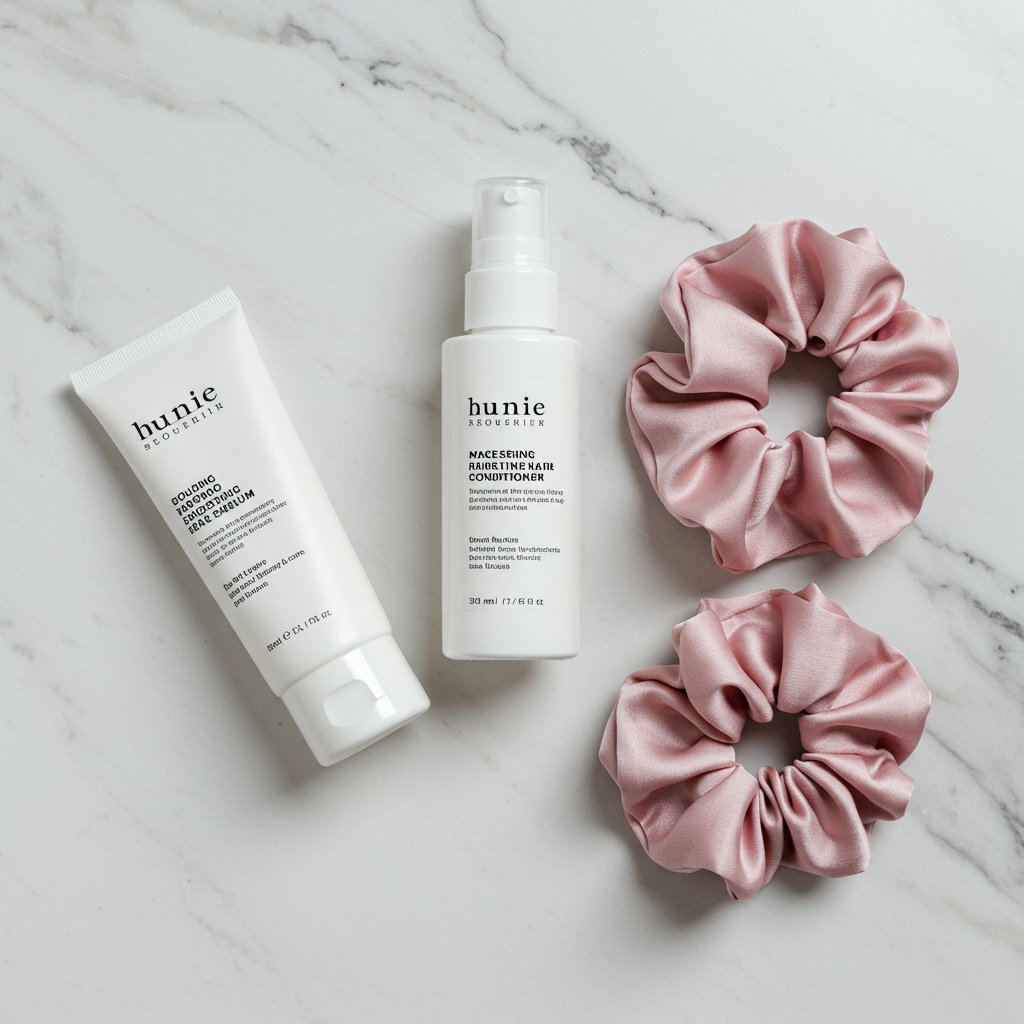
The Wrapped Low Ponytail
This simple upgrade instantly adds a touch of class and helps manage frayed ends. Start by creating a smooth, low ponytail and securing it with a hair tie. Then, take a small half-inch section of hair from the underside of the ponytail. Apply a small amount of pomade or smoothing serum to this section to make it sleek. Wrap this piece of hair around the base of the ponytail to completely cover the elastic. Secure the end of the wrapped section underneath the ponytail with a bobby pin. This technique not only looks chic but also helps to gather the top of the ponytail tightly, creating a smoother cascade of hair that makes ends less noticeable.The Bubble Ponytail
The bubble ponytail is a playful, stylish, and incredibly practical way to hide split ends. This style involves placing hair elastics down the length of a ponytail, creating segmented 'bubbles'. Each elastic helps to contain the hair and prevents the ends from fanning out and showing damage. To create the look, start with a high or low ponytail. Then, place elastics every two to three inches down the length of the ponytail. After placing each elastic, gently tug on the sides of that section to create a rounded, 'bubble' shape. This not only looks fashionable but also keeps your ends neatly tucked and controlled.Essential Styling Products and Techniques for Damaged Hair
While the right hairstyle is your primary tool for hiding split ends, the right products and techniques are your essential backup. Using products designed to smooth and temporarily seal the hair cuticle can make a dramatic difference in the finished look of your style, making frayed ends even less perceptible.

Smoothing Serums and Bonding Oils
Look for products that contain silicones (like dimethicone) or natural oils (like argan or coconut oil). These ingredients work by coating the hair shaft, filling in the cracks and gaps in the cuticle, and temporarily 'gluing' the split end back together. This creates a smoother surface, reduces frizz, and adds shine. Apply a very small amount to your mid-lengths and ends before or after styling. This will give your hair a healthier appearance and provide a sleek finish to your buns, braids, or ponytails.Leave-In Conditioners and Creams
Damaged hair is often dry and brittle. A good leave-in conditioner adds a much-needed layer of moisture and protection. It makes hair more pliable and less prone to breakage during styling. It also helps to smooth the cuticle, which is the first line of defense in minimizing the appearance of split ends. Apply it to damp hair before you begin styling to create a healthier, more manageable canvas for your chosen hairstyle.Frequently Asked Questions About Managing Split Ends
Q1: Can any hairstyle truly fix split ends?
No, a hairstyle can only minimize the appearance of split ends by hiding or camouflaging them. The only way to permanently get rid of a split end is to cut it off. Hairstyles are a cosmetic, temporary solution.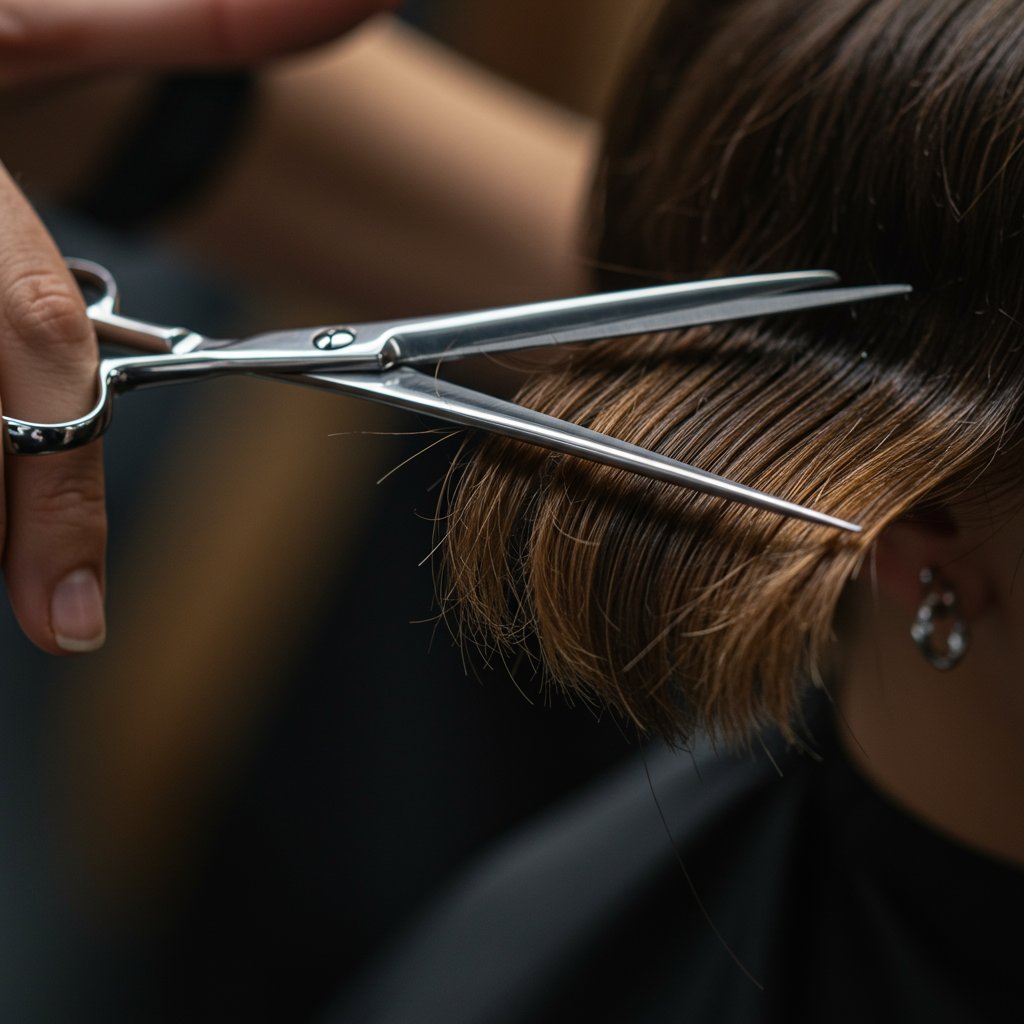
Q2: How often should I get a trim to actually prevent split ends?
Most stylists recommend a trim every 6-8 weeks. This removes the very ends of your hair before they have a chance to split and cause damage that travels up the hair shaft. If you are actively trying to grow your hair, you might opt for a 'dusting', which removes the bare minimum.Q3: Will using hairspray to hide split ends cause more damage?
It depends on the formula. Hairsprays with high alcohol content can be very drying and may make hair more brittle over time. Opt for flexible-hold, alcohol-free, or moisturizing formulas, and be sure to wash your hair thoroughly to remove product buildup.Q4: Are heatless styling methods completely safe for damaged hair?
While they are significantly safer than heat styling, some mechanical stress can still occur. Be gentle when wrapping your hair and use soft materials like silk or satin to minimize friction. Avoid pulling the hair too tightly, as this can cause tension and breakage at the root.Q5: What's the single best hairstyle to prevent split ends from getting worse?
A loose braid or a bun secured with gentle hair ties (like silk scrunchies) is often considered the best. These styles keep your ends tucked away and protected from friction against clothing, furniture, and while you sleep, which is a major source of mechanical damage.Q6: Do split end mending products actually work?
They work temporarily. Products marketed as 'split end menders' or 'bond repair' treatments use polymers, proteins, or silicones to temporarily seal the split ends together. This can improve the look and feel of the hair until the next wash, but it does not permanently repair the damage.Conclusion: Style Smart, Trim Regularly
Navigating the world with split ends doesn't have to be a source of frustration. As we've explored, a wealth of stylish and sophisticated hairstyles that minimize the appearance of split ends are at your disposal. From the polished security of a sleek chignon and the protective embrace of an intricate braid to the clever distraction of bouncy curls, you have the power to create a flawless look while you wait for your next salon visit.
Remember, these hairstyles are your allies in the aesthetic management of hair damage, but they are not the cure. The foundation of truly healthy hair lies in a consistent and gentle care routine, minimizing heat and chemical damage, and—most importantly—committing to regular trims. A professional haircut is the only definitive solution to remove split ends and prevent them from causing further harm.
Embrace these styles as a creative way to express yourself and maintain your confidence. Use them to protect your hair from additional stress and to bridge the gap between salon appointments. For a personalized hair health plan and a precision trim that will set you on the path to stronger, healthier hair, always consult with an experienced stylist. They can provide tailored advice and services to help you achieve your ultimate hair goals.


